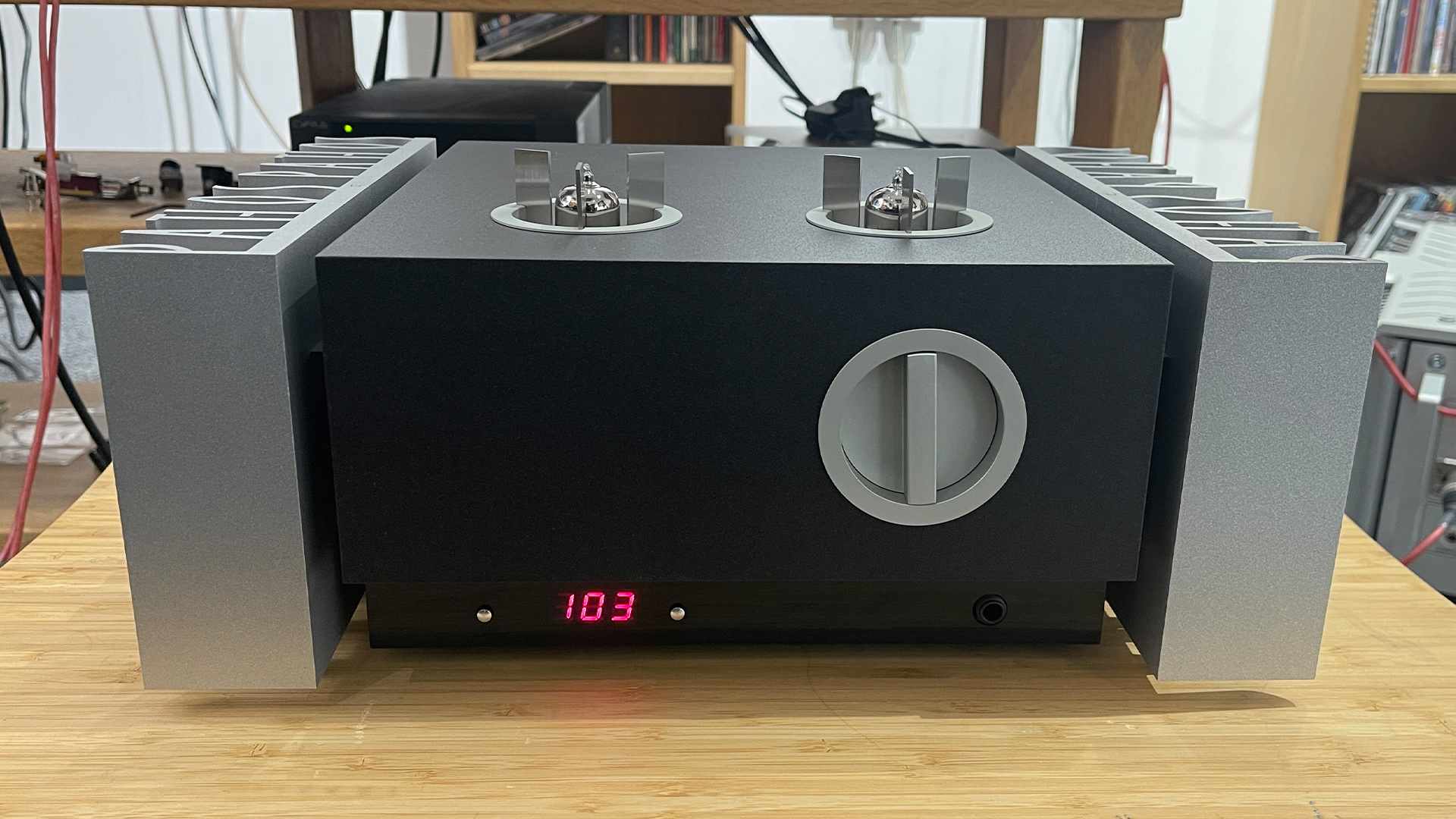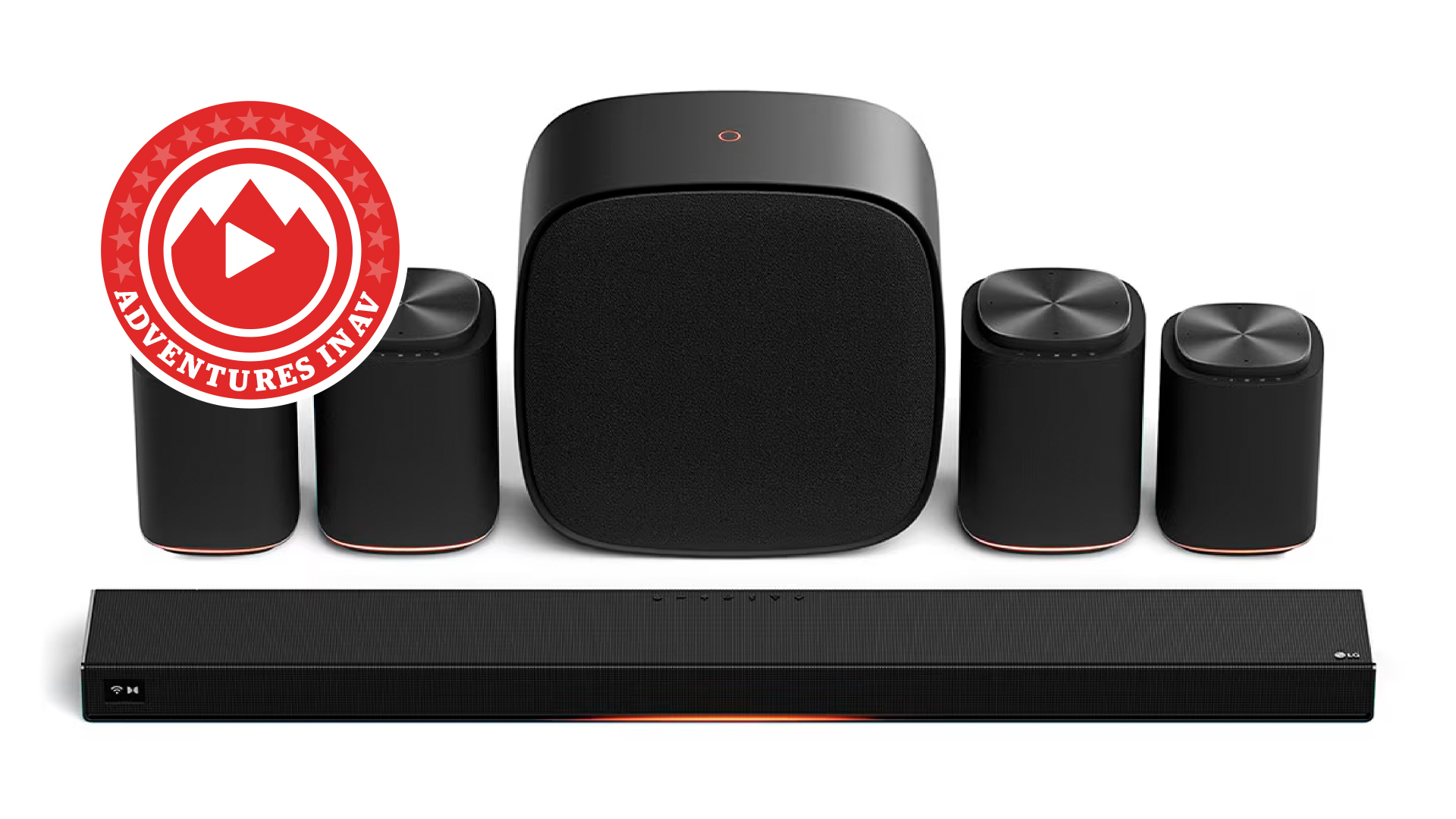What Hi-Fi? Verdict
The Inpol Remix MkII amplifier is a left-field choice that is capable of sonic magic in the right system
Pros
- +
Fluid, expressive and refined midrange
- +
Sonic finesse
- +
Classy build and finish
Cons
- -
Needs care in speaker partnering
- -
Runs hot
- -
Limited power output
Why you can trust What Hi-Fi?
Pathos’s Inpol Remix MkII is an easy amplifier to underestimate. It’s about the size of a child’s shoebox and has a modest claimed power output of just 25 watts per channel into 8 ohms.
That’s the kind of figure normally associated with budget stereo integrateds, and is easily surpassed by most price-comparable alternatives, which typically deliver around four times as much.
Then there is the appearance. High-end hi-fi is a pretty conservative world packed with plain-looking, usually bulky, black or silver rectangular boxes.
The Inpol Remix MkII is different. Just take a look at the accompanying photos and enjoy the juxtaposition of shapes and colour contrasts.
Whether you like it or not, this is a striking design, one that demands your attention and will be a point of conversation for anyone interested in this hobby of ours.
There is a choice of finishes from the metallic matte black of our review sample to lacquered and wood options
Design
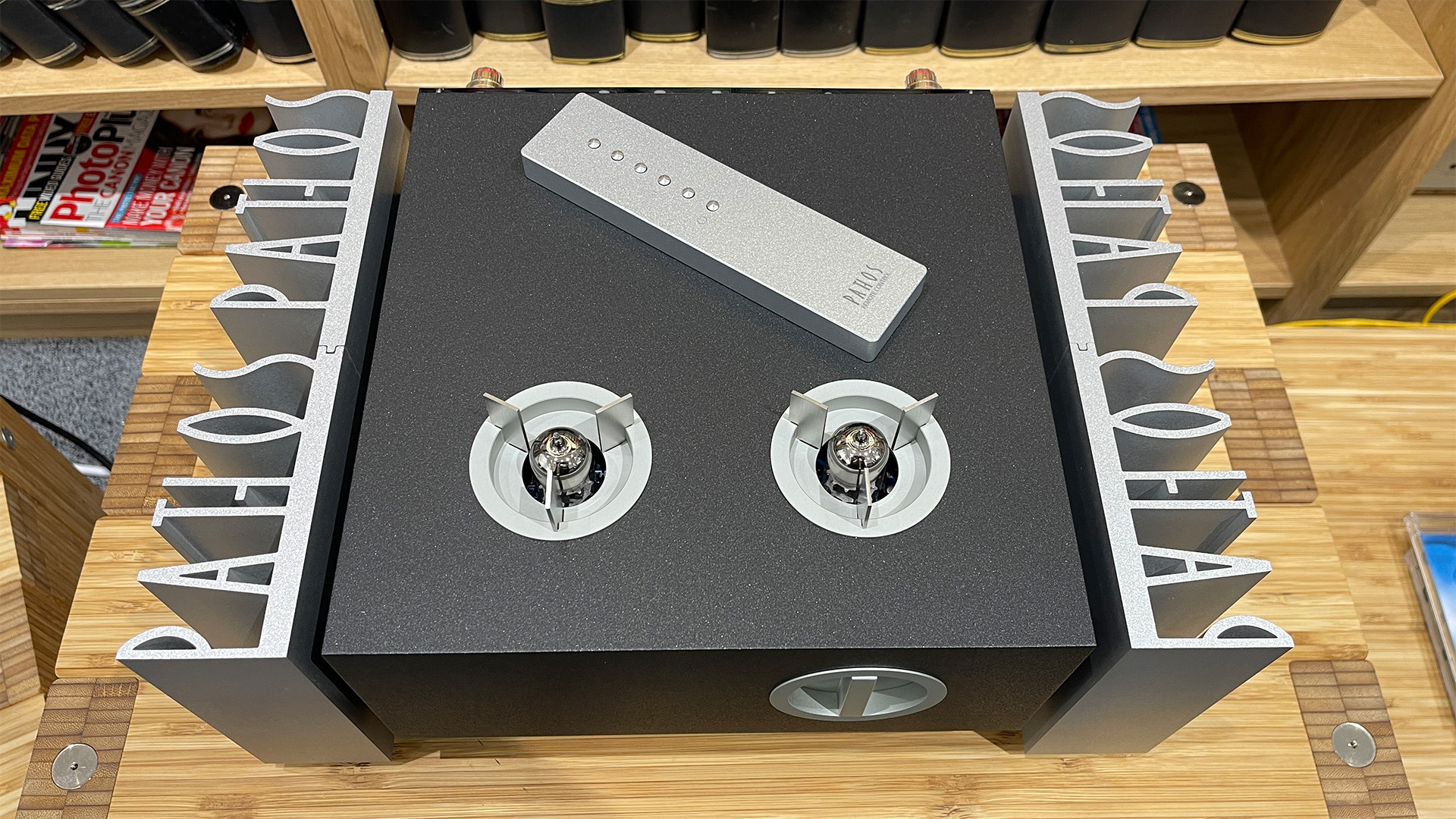
But don’t be fooled. There is real engineering substance behind that extroverted external design.
The latest hi-fi, home cinema and tech news, reviews, buying advice and deals, direct to your inbox.
The Inpol Remix MkII is a hybrid valve/transistor design. In theory, the combination of these technologies promises the best of all worlds, blending the naturalness and sweetness of valves with the muscle, grip and power of transistors.
Sadly, that hasn’t usually been our experience. Most hybrid amplifier designs we’ve tested never quite gel to produce musically engaging results, tending to sound soft and pretty undynamic.
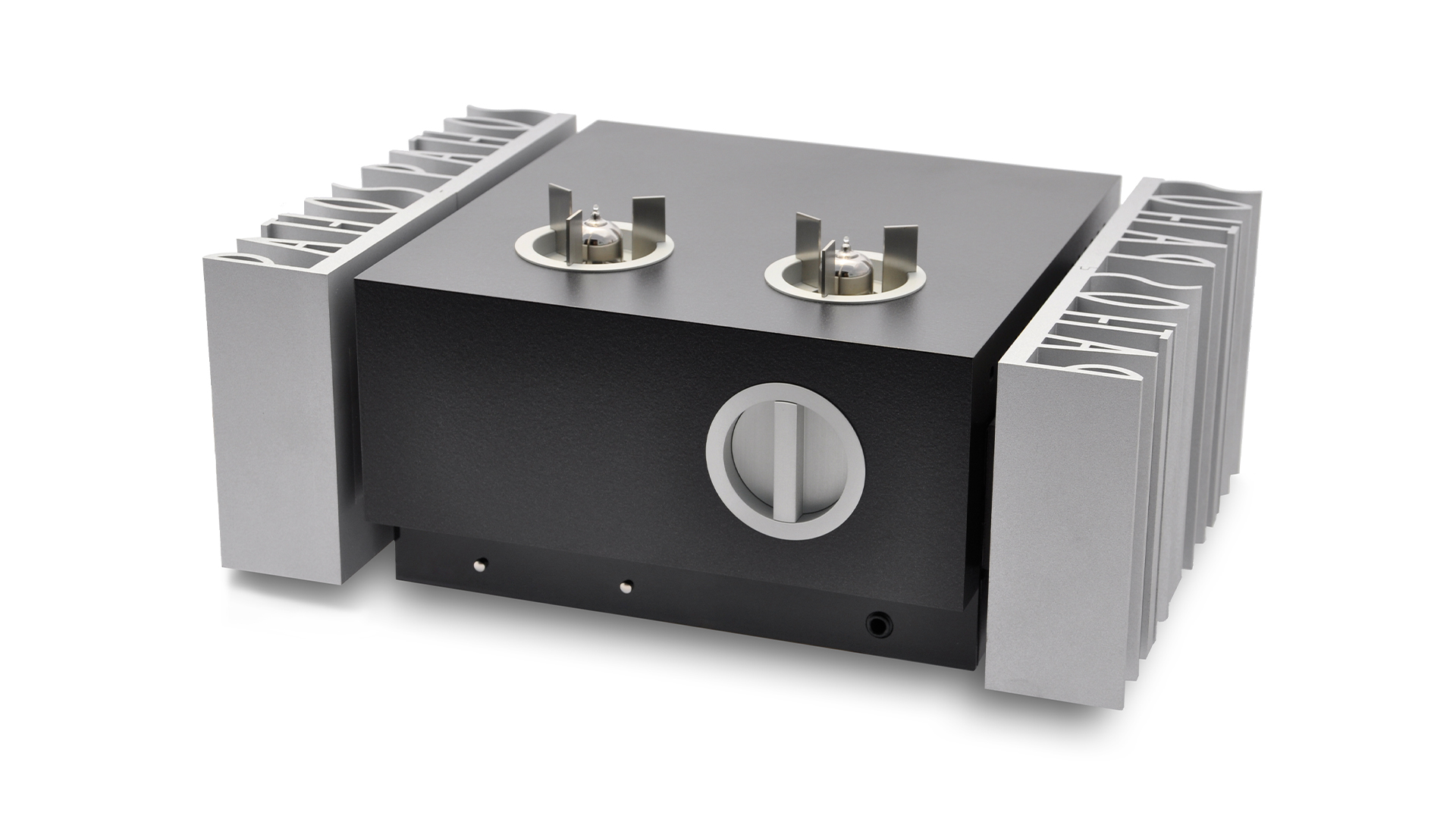
Type Integrated
Power 25W per channel
Inputs Line level x 4, balanced XLR x 1, optional digital inputs - coax, optical and USB Type B
Outputs Pre-out
Bluetooth? No
Headphone output? Yes (6.3mm)
Dimensions (hwd) 18 x 37 x 28cm
Weight 15.5kg
This Pathos amplifier uses a pair of small ECC88 valves in the preamp stage, and these can be seen nestling on the top panel. The signal is then passed on to the company’s patented Inpol power amplifier design, which works in Class A and is fully balanced in nature.
While the brand makes numerous higher-powered Inpol products, the little Remix MkII is limited to 25 watts per channel into 8 ohms, which rises to a just as modest 38 watts as the speaker’s impedance halves.
If that doesn’t sound particularly generous, we tested the original version of this amplifier back in 2012 and that only produced a miserly 10 watts per channel into 8 ohms.
So, it is clear that the Inpol Remix MkII is no powerhouse design, nor is it one that sounds considerably more muscular than it is, which makes the choice of speakers critical.
While this amplifier will get decent volume levels from most price-compatible options, it wouldn’t be high on our list if party volumes in larger spaces or inefficient, difficult-to-drive speakers are part of the equation.
Connections & compatibility
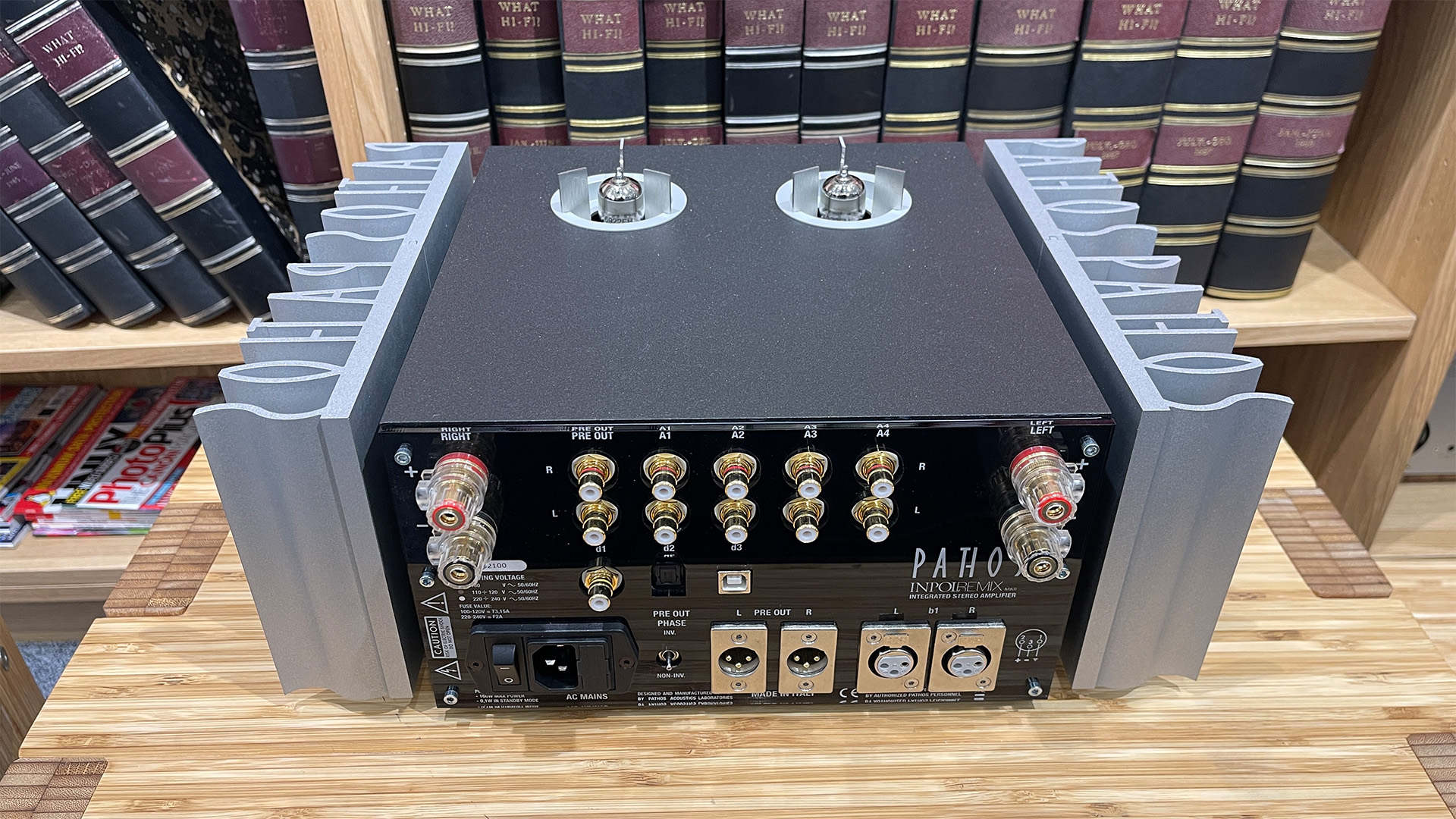
Matching in terms of character is important too. We get the best results when the partnering speakers are lively and expressive designs, such as the Fyne Audio F1-8 or the ProAc D2R, rather than our more controlled-sounding ATC SCM50 or the slightly measured Epos ES-14N.
Some of this is certainly down to the speaker's sensitivity. The Fyne and ProAc models are rated at 91dB/W/m and 88.5dB/W/m respectively, both a few dB up from the others, but their more expressive natures also play well with the Pathos’s mix of refinement and fluidity.
This Inpol Remix MkII’s feature count covers the basics. As standard, it has four single-ended RCA analogue inputs alongside a single pair of stereo balanced XLRs. There is also a balanced XLR preamp output, and rather unusually, a toggle switch next to it that swaps the XLR’s polarity, just in case the partnering power amplifier is an inverting design.
It is possible to specify this amplifier with a HiDac MkII digital module (£795 / $759 / AU$1799). This adds the usual trio of digital inputs - coaxial, optical and USB (Type B) - and is compatible with music files up to 32-bit/384kHz and DSD128 thanks to the ESS 9018 K DAC chip that sits at its core.
Our review sample doesn’t have this optional module fitted, so the three digital input sockets on the back aren’t functional. Our previous experience with Pathos’s digital products has been positive, so we suspect that the HiDac MkII module will be worth serious consideration, but, we can’t confirm that as yet.
Build
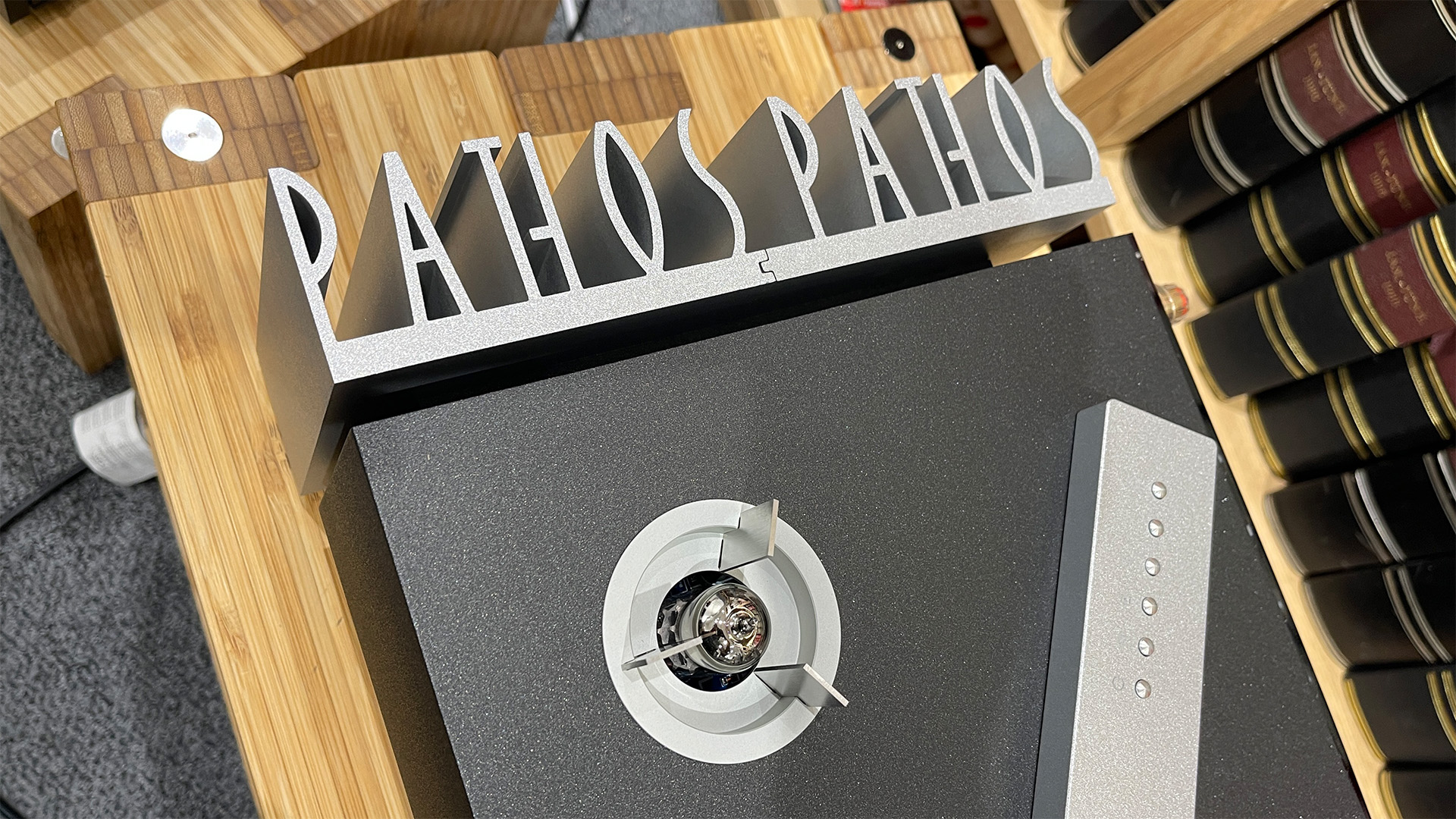
This amplifier is a well-built product that has a pleasing aura of luxury about it. Its casework not only is imaginatively designed, but feels solid and well-made.
A fancy heatsink design that spells out the company’s name may not be the most efficient shape to dissipate the maximum amount of heat, but it looks great to our eyes and adds a touch of individuality that most rivals lack.
Lift the Inpol Remix and you’ll find that at 15.5kg it is a lot heavier than you might expect given its compact dimensions.
The power amplification circuit is claimed to be Class A in operation. While, on paper, that should prove good for sound quality, the downside is that the Inpol circuit generates a lot of heat.
Those fancy heatsinks aren’t just for show and have to work for a living. They get hot to the touch, so you need to place this integrated in a well-ventilated space.
The amplifier’s control count is minimal, with just the large volume dial on the front panel and a pair of buttons mounted on a recessed plate below to control power and toggle through the inputs.
There is a small display next to the buttons to show volume level and a 6.3mm headphone output on the right as we face the amplifier.
This Pathos is supplied with a simple metal remote, and despite the buttons not being labelled very clearly, it doesn’t take us long before we can use it intuitively.
An amplifier at this level deserves good-quality partnering equipment. We use our reference Naim ND555/555 PS DR music streamer for the bulk of our testing, but also try Chord’s 2go/2yu/Qutest combination. As for speakers, this integrated is rather fussy, and the aforementioned Fyne and ProAc speakers suit it best out of those we have on site.
Sound
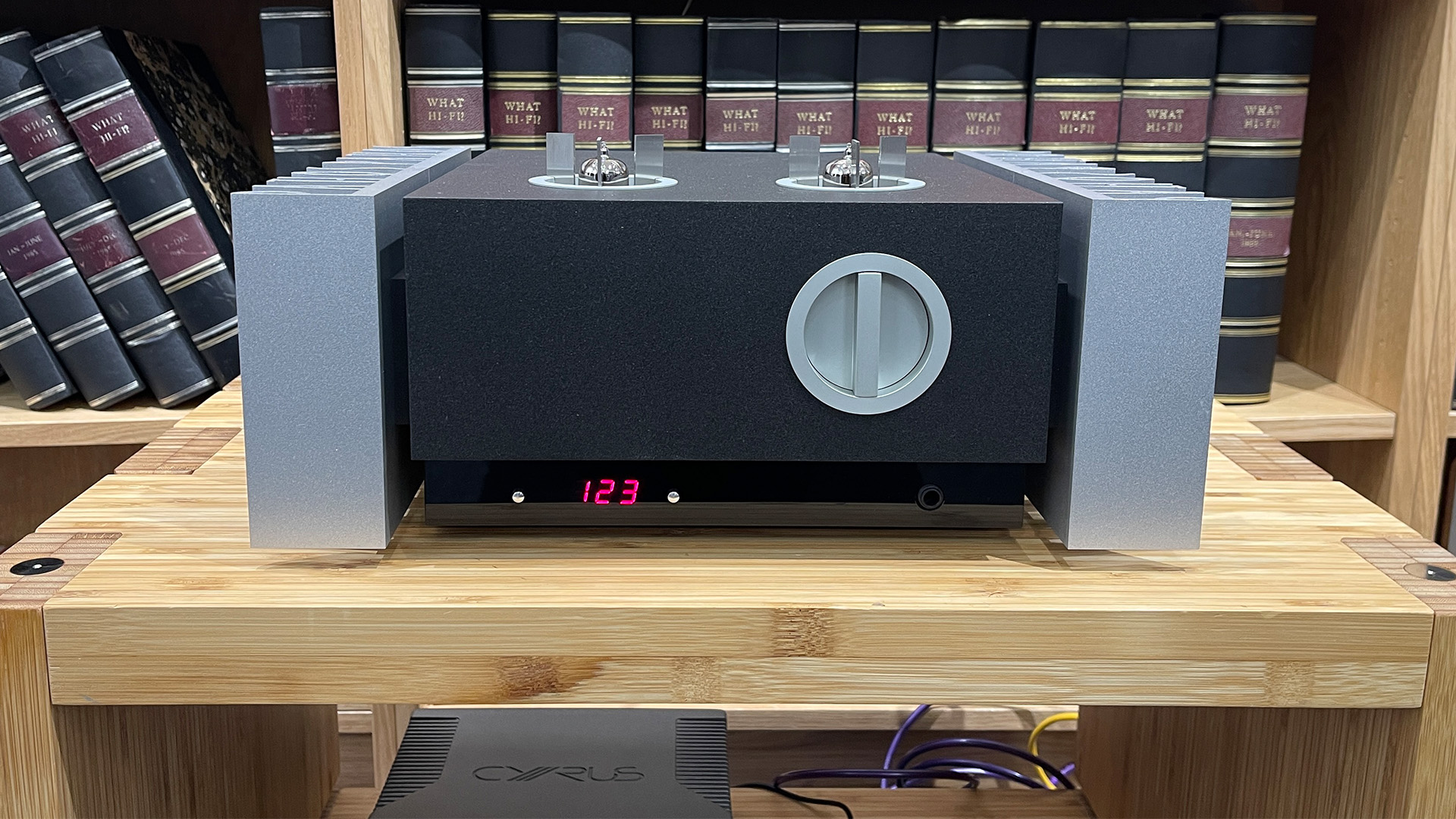
Once it settles, the Inpol Remix MkII turns in a charming performance, provided it is partnered with care. This is a cohesive and musical sounding amplifier that trades the final few percentage points of attack and drive for a sublime blend of fluidity, refinement and subtlety that we find hard to resist.
It’s the kind of balance that works superbly with small-scale classical, jazz or vocal pieces. Tracy Chapman’s debut album, something of a touchstone recording for hi-fi fans of a certain age, proves a real treat with the Pathos delivering a level of vocal nuance and instrumental cohesion that we haven’t heard bettered at this level.
Chapman’s voice comes through with exceptional clarity, with its rich, earthy texture fully intact. It is rich and full-bodied without losing out on articulation or precision.
Similarly, the complex percussive opening to Mountains O’ Things is rendered with confidence. The Inpol Remix MkII sounds assured and stable.
It is sure-footed rhythmically and communicates the ebb and flow of the music well. Considering the relatively limited power output, there is a good amount of punch here, and a degree of control and grip in the bass that we weren’t expecting.
This surprising low-end heft comes to the fore when we play Bob Marley’s Exodus. Bass is relatively taut and tuneful, underpinning the rest of the performance in a seamless manner. As we work through our music collection, it turns out that the Pathos is able to tick most boxes.
Tonally, it is smooth but has enough bite in its otherwise sweet top-end to satisfy. There is delicacy at those high frequencies that makes most non-valve alternatives sound a little mechanical and tonally grey in comparison.
This is one of the few valve/transistor hybrid amplifiers we’ve heard where we do feel like we are hearing the best of both technologies, yet the result remains cohesive and balanced.
The relatively limited power output means that it comes as no surprise that the Inpol Remix MkII can’t match more powerful alternatives when it comes to outright sonic authority or the ability to deliver high-level dynamic peaks with full conviction. But even then, we find ourselves enjoying the likes of Holst’s Jupiter and Hans Zimmer’s Gladiator film soundtrack.
There may not be the sense of power or scale that something like the cheaper Rega Aethos generates, but there are compensations in the form of the Inpol Remix MkII’s tonal richness and delicacy. Soundstaging is pretty good too, though the imaging isn’t the most expansive we’ve heard, despite a good sense of depth.
Verdict
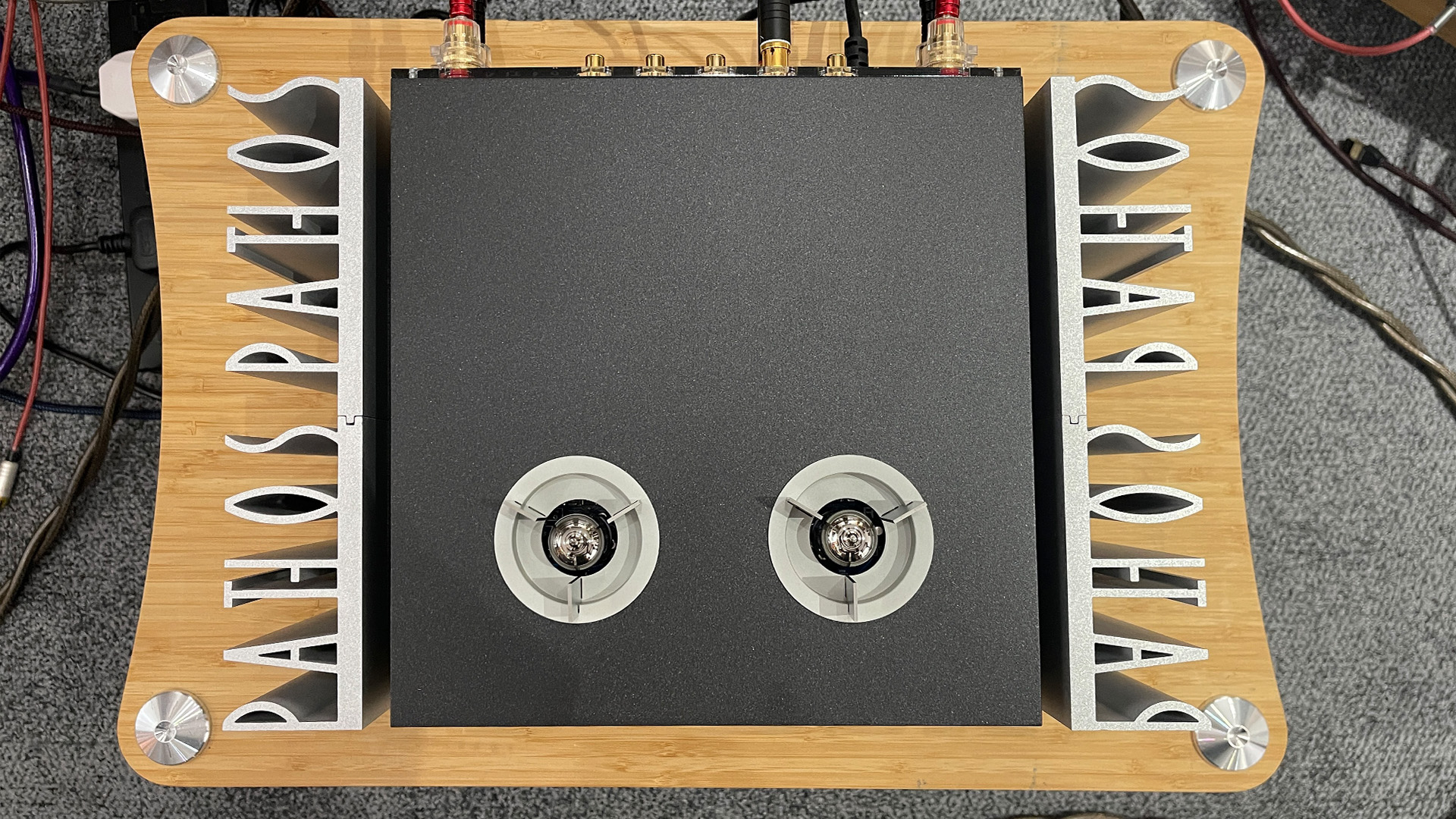
There is no denying that this Pathos is something of a left-field choice. It needs pampering, particularly in terms of partnering speakers, if you want to get the best from it. Put in the work, and it offers a blend of strengths unlike most rivals at this level.
If you want to hear a good example of a valve/transistor hybrid amplifier, this is as fine an option as we have heard at this level. Highly recommended.
Review published: 22nd August 2025
SCORES
- Sound 5
- Build 5
- Features 4
MORE:
Read our Rega Aethos review
How to choose and set up a stereo amplifier
Our pick of the best stereo amplifiers for all budgets

Ketan Bharadia is the Technical Editor of What Hi-Fi? He has been reviewing hi-fi, TV and home cinema equipment for almost three decades and has covered thousands of products over that time. Ketan works across the What Hi-Fi? brand including the website and magazine. His background is based in electronic and mechanical engineering.
- Kashfia KabirHi-Fi and Audio Editor
You must confirm your public display name before commenting
Please logout and then login again, you will then be prompted to enter your display name.
